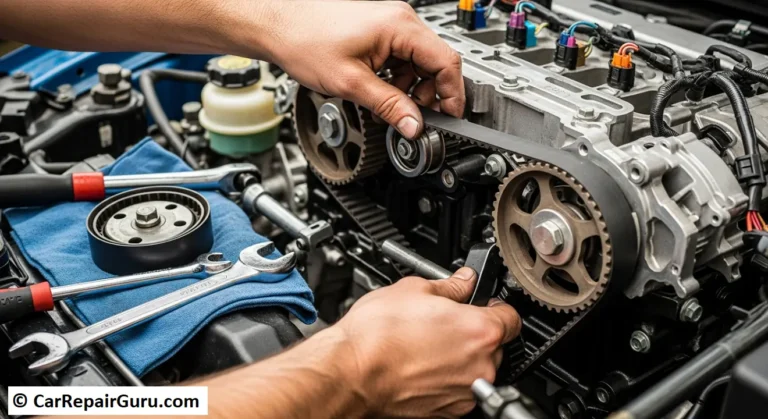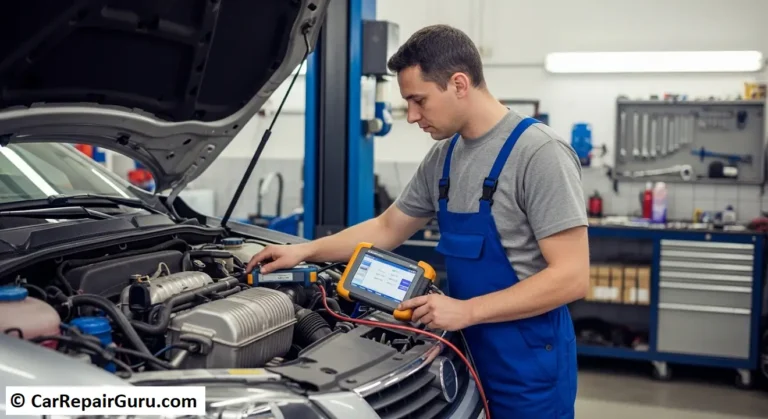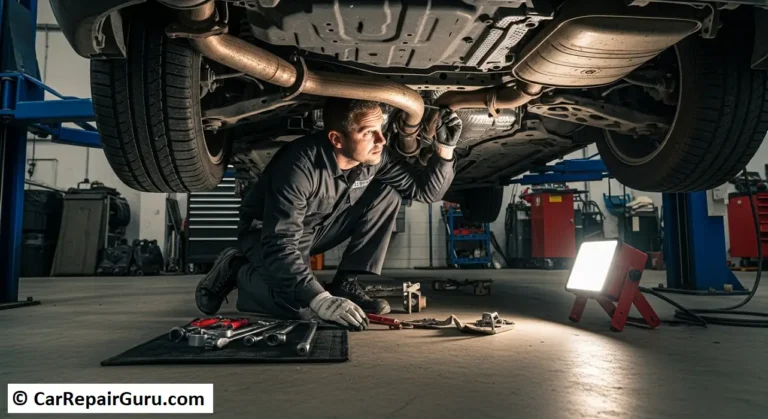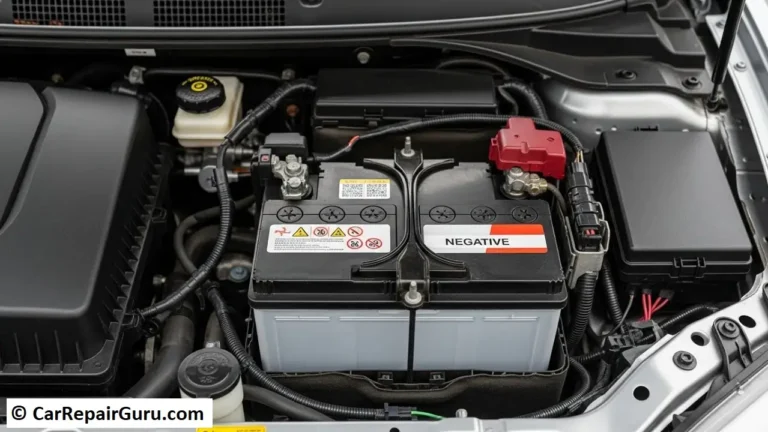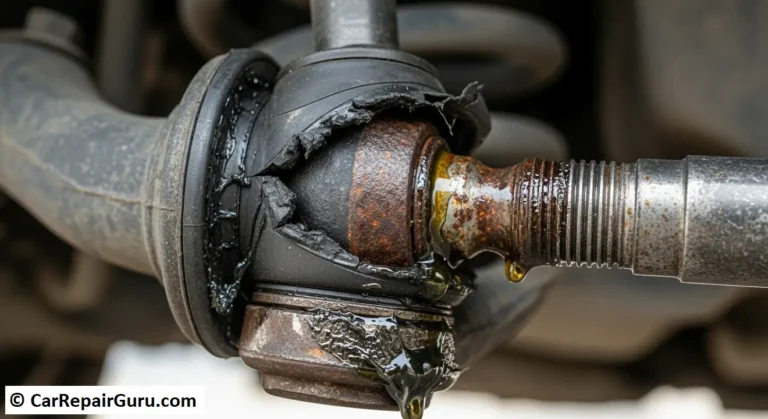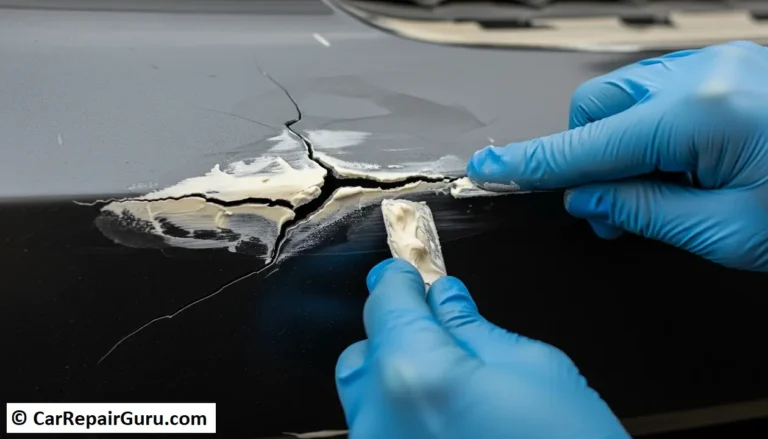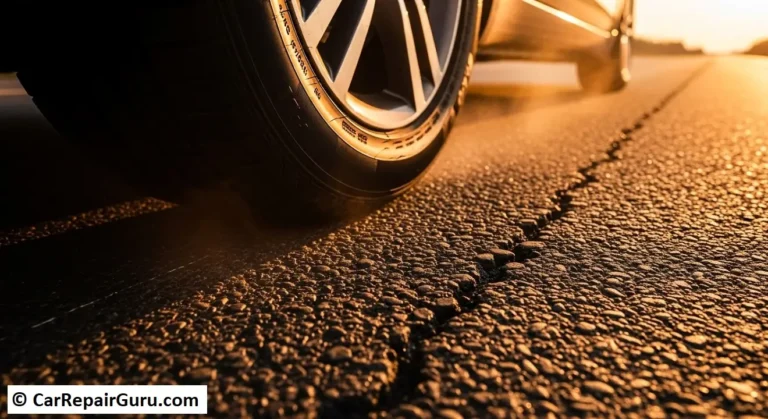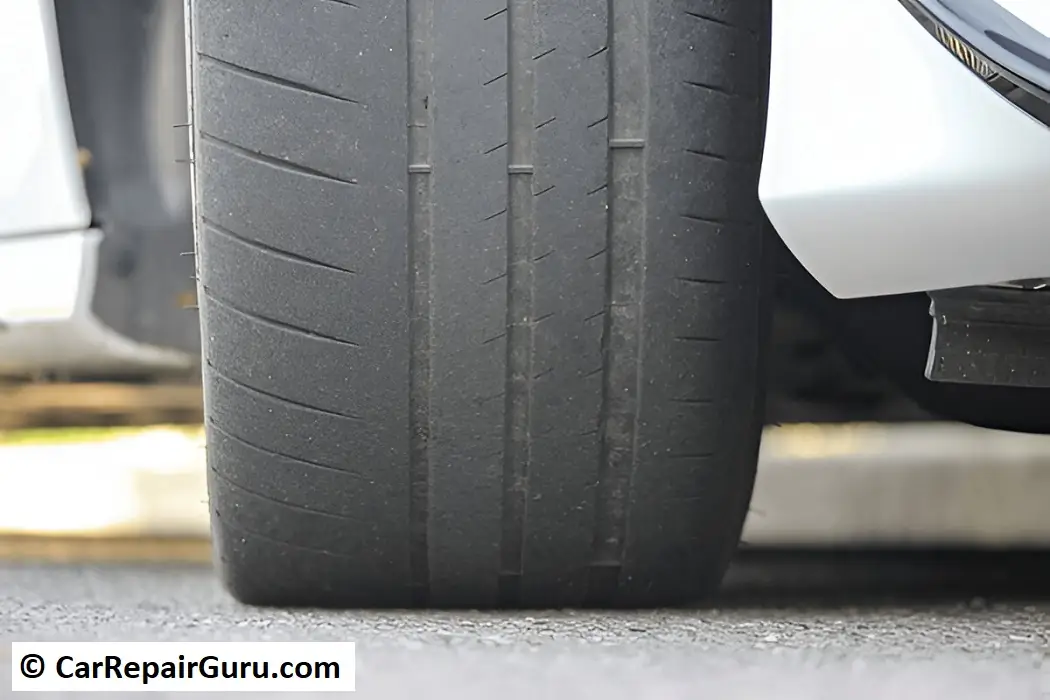
Introduction to Fixing Uneven Tire Wear
Uneven tire wear is more than just a cosmetic issue; it can compromise your car’s performance, safety, and even fuel efficiency. When your tires wear unevenly, they can cause vibrations, reduce traction, and increase the risk of accidents.
Imagine driving on a wet road with reduced grip—it’s not just inconvenient; it’s dangerous. Whether you’re dealing with edge wear, cupping, or feathering, addressing the problem early can save you money and keep your vehicle running smoothly.
In this guide, we’ll break down the causes of uneven tire wear, explain how to spot it, and share practical solutions to fix and prevent it. From regular maintenance tips to understanding common wear patterns, you’ll gain the tools and knowledge to ensure your tires stay road-ready for longer.
Stay tuned as we delve into the simple yet effective steps to keep your tires—and your vehicle—in top shape.
Common Causes of Uneven Tire Wear
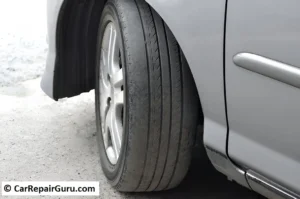
Uneven tire wear doesn’t happen randomly—it’s often the result of specific issues that affect how your tires interact with the road. Understanding these causes is key to preventing and addressing the problem.
Improper Tire Inflation
Tire pressure plays a vital role in how evenly your tires wear. Overinflated tires create excessive pressure on the center of the tread, leading to faster wear in that area. On the other hand, underinflated tires put more weight on the edges, causing them to wear out quicker than the center. Both scenarios not only shorten tire life but also reduce fuel efficiency and compromise handling. Regularly checking and maintaining the recommended tire pressure ensures even contact with the road surface.
Wheel Misalignment
Misaligned wheels are a leading cause of uneven tire wear. When the alignment is off, your tires may lean inward or outward, resulting in edge wear. This can happen due to hitting curbs, potholes, or simply over time. Poor alignment doesn’t just wear your tires unevenly; it can also make your steering less responsive, increasing safety risks. Scheduling regular alignment checks keeps your tires straight and evenly balanced.
Worn Suspension Components
Your vehicle’s suspension system is responsible for maintaining even tire contact with the road. Over time, worn or damaged components like shocks, struts, or bushings can cause uneven weight distribution, leading to patchy wear patterns. Replacing or repairing suspension parts promptly can prevent unnecessary tire damage.
Unbalanced Wheels
When wheels are unbalanced, they create uneven pressure on different parts of the tire. This imbalance leads to vibrations and irregular tread wear, often resulting in a cupped or scalloped appearance. Wheel balancing during tire rotations is a simple fix that can significantly extend tire life.
Driving Habits
Aggressive driving, including rapid acceleration, hard braking, and taking corners too quickly, places excessive stress on tires. These habits cause uneven wear, particularly on the outer edges of the tires. Adopting smoother driving techniques not only protects your tires but also improves overall vehicle efficiency.
By addressing these common causes, you can keep your tires in excellent condition, ensuring a safer and smoother ride.
Identifying Uneven Tire Wear Patterns
Recognizing uneven tire wear patterns early can save you from costly repairs and improve your vehicle’s safety. Below are the most common wear patterns, their causes, and what they mean for your tires.
Center Wear
If the tread is excessively worn in the center, while the edges remain relatively untouched, the culprit is likely overinflation. Overinflated tires bulge outward, putting more pressure on the center tread. This not only reduces traction but also shortens the lifespan of the tire. Regularly monitoring tire pressure and keeping it within the manufacturer’s recommended range can prevent center wear.
Edge Wear
When the inner or outer edges of the tire wear down faster than the center, it’s usually a sign of underinflation or wheel misalignment. Underinflated tires cause the edges to bear the weight of the vehicle, while misaligned wheels tilt the tires, leading to uneven edge contact. Addressing these issues promptly with proper inflation and alignment checks is essential for even wear.
Cupping or Scalloping
Cupped or scalloped tires have a wavy or uneven surface, often caused by unbalanced wheels or worn suspension components. This pattern is typically accompanied by vibrations or noise while driving. To fix this, ensure your wheels are properly balanced and replace any worn suspension parts.
Feathering
Feathered tires have tread edges that feel smooth on one side and sharp on the other. This is a common result of poor wheel alignment or loose steering components. Regular alignment adjustments and inspections of the steering system can prevent feathering.
By identifying these patterns early, you can take corrective action to protect your tires and enhance your driving experience.
Preventive Measures to Avoid Uneven Tire Wear
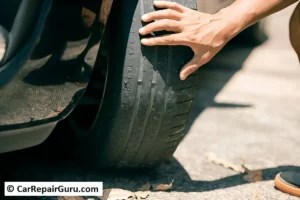
Preventing uneven tire wear is easier and more cost-effective than repairing its consequences. By following these simple yet essential practices, you can ensure your tires last longer and perform better.
Regular Tire Maintenance
Routine tire inspections help identify early signs of uneven wear, such as tread depth variations or unusual patterns. Check your tires at least once a month and before long trips. Look for embedded debris, cracks, or bulges, and address any issues promptly. Regular maintenance not only prevents uneven wear but also enhances overall vehicle safety.
Proper Tire Inflation
Maintaining the correct tire pressure is one of the simplest yet most effective ways to prevent uneven wear. Overinflated tires lead to center wear, while underinflated tires cause edge wear. Use a reliable tire pressure gauge to check and adjust your tires to the manufacturer’s recommended levels. Consistent inflation also improves fuel efficiency and handling.
Scheduled Wheel Alignments
Misaligned wheels are a major cause of uneven tire wear. Schedule alignment checks annually or after incidents like hitting a curb or pothole. Proper alignment ensures even contact between your tires and the road, promoting uniform tread wear and better vehicle control.
Routine Tire Rotations
Rotating your tires every 5,000 to 7,500 miles redistributes wear evenly across all tires, extending their lifespan. Different tires experience varying levels of stress depending on their position, so regular rotations balance this out effectively.
Safe Driving Practices
Driving habits play a significant role in tire wear. Avoid rapid acceleration, hard braking, and sharp turns, as these can put excessive pressure on specific areas of your tires. Adopting smoother, more cautious driving techniques minimizes wear and maximizes tire performance.
By incorporating these preventive measures into your routine, you can save money, improve driving safety, and keep your tires in optimal condition.
Steps to Fix Uneven Tire Wear
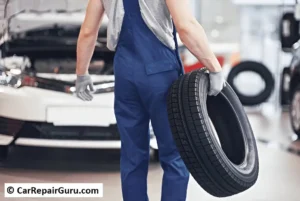
Fixing uneven tire wear requires a systematic approach to identify and resolve the root causes. By following these steps, you can restore your tires’ performance and extend their lifespan.
Assessing Tire Condition
Begin by inspecting each tire for wear patterns. Use a tread depth gauge to measure the depth across the tire surface, checking for uneven spots. Run your hand along the tread to feel for cupping, feathering, or other irregularities. Pay attention to signs of damage like cracks, bulges, or exposed wires, as these may indicate the need for immediate replacement.
Addressing Underlying Issues
Once you’ve identified the wear pattern, address the root cause:
- Wheel Alignment: Misalignment can tilt your tires, leading to edge wear. Realign the wheels to ensure proper contact with the road.
- Suspension Issues: Worn shocks, struts, or bushings can cause uneven weight distribution, resulting in patchy wear. Have your suspension system inspected and repaired as necessary.
- Wheel Balancing: Unbalanced wheels create vibrations and uneven pressure, often leading to cupping. Balancing the wheels corrects this problem and provides a smoother ride.
Fixing these underlying issues is crucial before replacing or rotating tires, as it prevents recurring problems.
Replacing or Rotating Tires
Decide whether to replace or rotate your tires based on their condition. Tires with significant tread damage or below the legal tread depth (2/32 inches in most regions) should be replaced. If the wear is uneven but the tread is still adequate, rotating the tires can redistribute wear and extend their life. Follow the tire rotation pattern recommended by your vehicle manufacturer.
Professional Assistance
If you’re unsure about the extent of the wear or how to fix it, consult a tire specialist. Professionals have the tools and expertise to diagnose and resolve issues like alignment, suspension, or balancing problems. They can also advise whether your tires need replacement or additional maintenance.
By following these steps, you can effectively fix uneven tire wear, enhance your vehicle’s performance, and ensure a safer driving experience.
The Importance of Regular Tire Maintenance
Regular tire maintenance is one of the simplest yet most impactful practices for ensuring vehicle safety and performance. Tires are the only point of contact between your car and the road, making their condition crucial for optimal handling, braking, and overall safety.
Consistent tire care helps identify potential issues, such as uneven wear or damage, before they escalate into costly repairs or safety risks. Properly maintained tires provide better traction, reducing the chances of accidents, especially in adverse weather conditions. Moreover, well-maintained tires contribute to fuel efficiency by minimizing rolling resistance, saving you money at the pump.
From a financial perspective, tire maintenance extends the lifespan of your tires, delaying the need for replacements. Simple practices like keeping tires inflated to the manufacturer’s recommended pressure, scheduling regular alignments, and rotating tires can prevent uneven wear patterns and maximize durability.
Beyond safety and cost savings, proper tire care supports a smoother driving experience. By reducing vibrations and maintaining even tread wear, your car performs more consistently, enhancing comfort and confidence behind the wheel.
Investing time in tire maintenance today ensures a safer, more cost-effective, and hassle-free driving experience for years to come. Your safety—and your wallet—will thank you.
Conclusion
Uneven tire wear can compromise your vehicle’s safety, performance, and cost-efficiency, but it’s a preventable and fixable issue. By understanding common causes like improper inflation, misalignment, and suspension problems, and taking proactive steps such as regular maintenance, tire rotations, and adopting safe driving habits, you can extend your tires’ lifespan and enjoy a smoother, safer ride.
Addressing wear patterns early and seeking professional help when needed saves money and ensures your car operates at its best. Prioritize tire care today to protect your investment and keep your journeys safe and worry-free.
Uneven Tire Wear (FAQs)
How often should I check my tire pressure?
It’s recommended to check your tire pressure at least once a month and before long road trips. Tire pressure can fluctuate due to temperature changes and daily use, so regular checks ensure optimal performance and safety.
What are the signs of wheel misalignment?
Common signs include uneven tire wear, the vehicle pulling to one side while driving, a crooked steering wheel when driving straight, or vibrations in the steering. If you notice these issues, it’s time to have your alignment checked by a professional.
Can uneven tire wear affect fuel efficiency?
Yes, uneven tire wear increases rolling resistance, making your engine work harder to move the vehicle. This reduces fuel efficiency and can result in higher fuel costs over time. Keeping your tires evenly worn improves fuel economy.
Is it safe to drive with unevenly worn tires?
Driving with uneven tire wear is not safe. It reduces traction, especially in wet or slippery conditions, and can lead to vibrations or blowouts. Addressing uneven wear promptly ensures a safer driving experience.
How frequently should I rotate my tires?
You should rotate your tires every 5,000 to 7,500 miles or as recommended by your vehicle manufacturer. Regular tire rotation promotes even tread wear, extending tire life and maintaining balanced handling.
